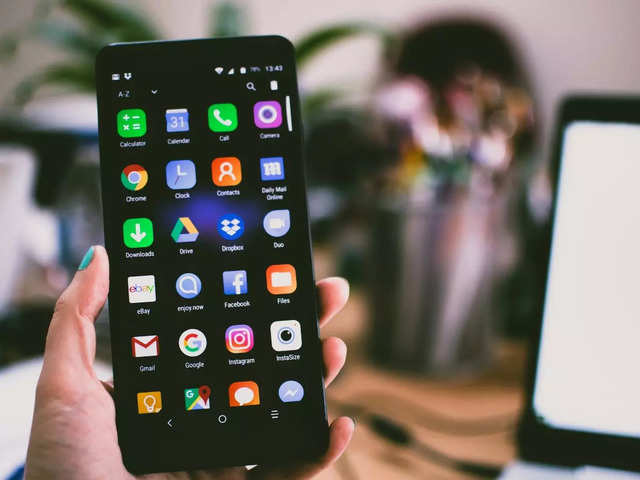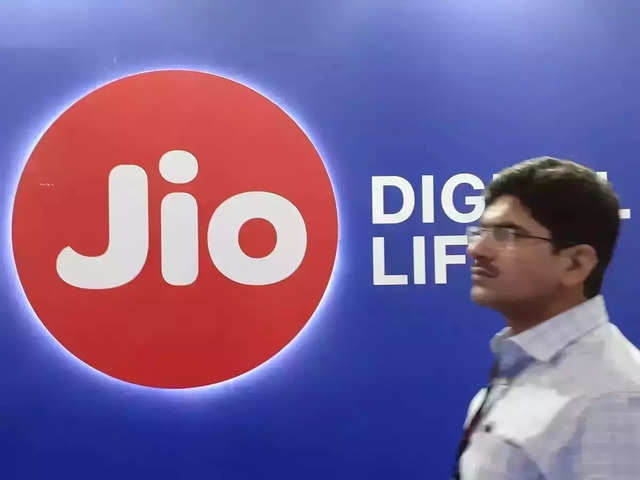
The 'Experience Brands' are converting their consumers from shoppers to brand evangelists by inviting and joining their...
Feb 25, 2020, 10:00 IST
ad-agencies
Experiential Marketing: Where is it headed?
Feb 25, 2020, 10:00 IST
The 'Experience Brands' are converting their consumers from shoppers to brand evangelists by inviting and joining their...
Experiential marketing is a key strategic approach that marketers should consider central to their marketing communications plan.Nikhil Joshi , Co-founder,Digital Jalebi pens down how marketers are focusing on establishing an emotional connection with their prospective customers and how experiential marketing is the way to go about it.
The 'Experience Brands' are converting their consumers from shoppers to brand evangelists by inviting and joining their fans in co-creating and sharing in the brand’s evolution, innovation and content produced. Brands are actively trying to make end consumers participate in their brand narratives, which they can believe, engage and share. It is exciting to see how 'Try Before You Fly' campaign of Thomas Cook gave a range of immersive experiences to users like a virtual helicopter tour of New York. The campaign resulted in a 40% ROI and a 190% increase in New York travel revenue for the agency. The 'Coke AR with Diljit Dosanjh' campaign invited youngsters and coke lovers to click a fun picture with Diljit and share their moment of happiness with Diljit on social media network generating several thousands of impressions. The 'Volvo Reality', the world’s first virtual reality test drive, enabled users to drive the Volvo XC90 experience in Vancouver landscape. Volvo reported reaching 238 million media impressions with this campaign.
The exhibit industry and experiential marketing both are witnessing their greatest evolutionary stage ever as both embrace their shared qualities to evolve in a better way. They are moving towards leveraging technologies like AI, AR, VR and immersive media to build smarter conversational campaigns that are personalised to build a strong reputation of brand in front of end customers.
In today’s digital world, user generated content is on the rise and becoming a powerful tool as it helps brands tell a diverse and authentic brand story. Brands are using UGC to build a community and shape their marketing strategy. Brands highlight UGC as an opportunity to elaborate on specific exhibits which inspires personalised communication with prospective customers around the exhibit on social media.
Software maker SAP uses iBeacons at Sapphire Now, their flagship conference, to capture data about guest movements, interactions and touch points. This data is used by the marketing people of the company to build a stronger customer bond. This is an amazing example of how companies are using lingering impression(s) of an event/exhibit for self-initiated follow-up.
Experiential marketing is successful only if we strategise beyond physical activation. Now, building smarter exhibits and creating content are not alone enough. Brands are using insights from exhibits and tapping social media trends to build future interactions with prospective customers.
Through exhibits as a destination, brands curate the visitor’s journey and provide them with a platform for brand engagement and content development. Marketers are focusing on establishing an emotional connection with their prospective customers and what is a better way to do it than a real like virtual experience?
How does it happen? Brands analyse the data to organise attendee’s journey and study his behaviour in every exhibit with the use of algorithms. They even study how more granular event factors like activations, breakouts and networking affect a visitor’s behaviour throughout the event. Algorithms help hone the understanding of potential customers and how they are impacted by optimised experiential strategy. Every time a user walks on to the brand’s platform, he is served with suggested content and personalised services/statements. The
The experiential marketers dissect the consumer passion points and psychographics to understand how the target consumer thinks or acts differently from the general population. They use insights and the single- minded proposition to help fuel thinking.
Immersion is the primary focus of virtual reality. At the same time, it has also become incredibly important to marketers all over the world. 92% of trade show attendees admit that their main reason for attending trade shows is to see new products being featured, and it is almost impossible to put a value tag on the ability to give them a full virtual tour of a new product, according to the Centre for Exhibition Industry Research (CEIR).
Immersion has made a key space with the experiential marketers. To be able to immerse the end visitors is the primary objective that marketers want to achieve with tools like Augmented or Virtual Reality. Involving multiple modalities including smell, touch, haptic feedback and sound, is also an important tool used by marketers to take the narrative experience to the next level.
Experiential marketing builds brand advocacy. It drives user generated content through personalised interaction which results in strengthened brand relationships and increased customer loyalty. This gives a long-term strategic approach to gaining and maintaining market share. Sometimes, it is even the case of a product being superior to its competitors with innovative features that can only be communicated through experience.
Experiential marketing is a key strategic approach that marketers should consider central to their marketing communications plan. So, if exhibit sets the stage and immersive experience engages the audience, it just seems perfect that convergence points to a bright future for the brand. The need of the hour for marketers is to prioritise experiential event marketing for a long-term survival.
INSIDER INTELLIGENCE REPORTS







